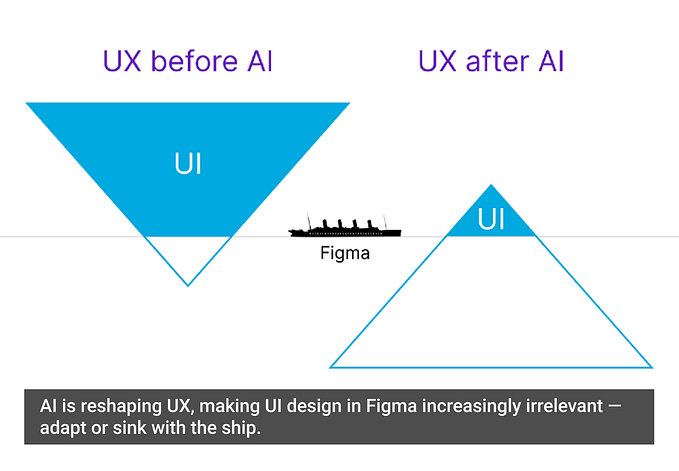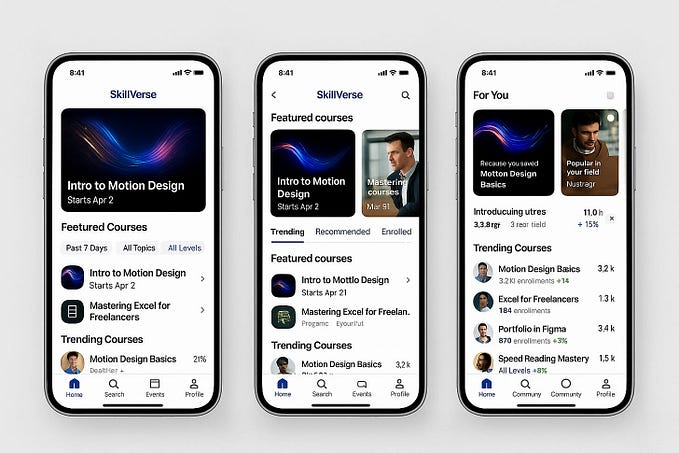Member-only story
Complex web design is an overlooked opportunity that needs designers
How to design when the content is often overwhelming

“Is your head overflowing with information? Don’t worry: it’s simpler than it seems,” I told my new hire, only to realize someone told me those same words when I started.
I recently read Matej Latin's Designer Engagement Report, which highlighted the top problems most designers were facing this year. However, many of the problems designers complained about weren’t what I faced.
This is because I work in Healthcare UX, “The Other UX Design”. Healthcare, along with fields like FinTech, Cybersecurity, and Federal/Enterprise UX, are what I’d call Complex Web Design.
These problems are messy and require much time and effort to learn and understand, but they are probably one of the safest design career paths.
This is for one key reason: getting your second job in the field becomes much easier. When businesses see a candidate who probably understands their domain and has gone through the learning process, they realize you can probably hit the ground running.
This automatically gives you a competitive edge and can provide you with ‘career security’ in this otherwise turbulent time for designers.
So, if you want to enter the steady world of complex web design, here’s what you need to know.
You don’t need to know everything, but knowing something helps
When working in such fields, I noticed that some of my colleagues would never really engage with the content.
Rather than trying to understand some specific concept or terminology, they would say this field is “Sample Name,” which has “Sample Interaction.”

I’ve never been the biggest fan of lorem ipsum since it often leads to content-last design. However, this point is often magnified when you work in complex web design.
The reason is simple: Lorem Ipsum gets your team to skip over content in favor…








